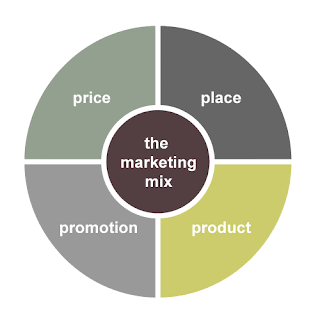 The difference between asking "what?" and "so what?" is no small difference. In fact, it's a world of difference—an example how one small change can completely change your perspective.
The difference between asking "what?" and "so what?" is no small difference. In fact, it's a world of difference—an example how one small change can completely change your perspective.Asking "what?" is all about the data. What props are in play? What's the first step? What happens next? What is the method? The patter? The presentation? What kind of trick is it? Cards? Coins? What is the effect? You get the idea.
So what? Exactly.
Asking yourself "so what?" forces you to ask why all this data is important. Why should you or anyone else care? What if you never did anything at all...would it be noticed? Are people impacted in the way you set out to do? Or did you even consider the what the desired impact would be? Is it meaningful? Memorable?
Let's illustrate this with the classic effect, "Triumph."
What? (the data)
- Cards are used.
- A card is selected and lost in the deck.
- The cards are shuffled face up and face down.
- All the cards right themselves, except for the selected card.
So What? Asking this about the above actions
- So what if cards are used? Since most people can relate to using cards, it's a way to connect with your audience.
- So what if a card is selected? Opportunity to involve the participant.
- So what if the cards are shuffled face up and face down? It's unusual. It's raises curiosity. It begs for resolution.
- So what if the cards "unshuffle" themselves? It brings natural order in a magical way.*
- So what if the participant's card as the only one facing the other way? It validates their involvement. Having their card do something special makes it personally meaningful. It creates a memorable visual snapshot.
I also find that asking "so what?" often leads "what if?" questions. This has two primary benefits: 1) It can refine and perfect your current process; and 2) It can lead to something different...an unexpected avenue. For example, "What if I used coins instead?"or "What if the participant was allowed to mix the cards too?"
Keep in mind that you don't have to limit this approach just magic. Asking these types of questions any time can offer clarity on the meaningfulness of your actions, whatever they may be.
--------------------------------------------------
*see past blog entry called Serendipity
















